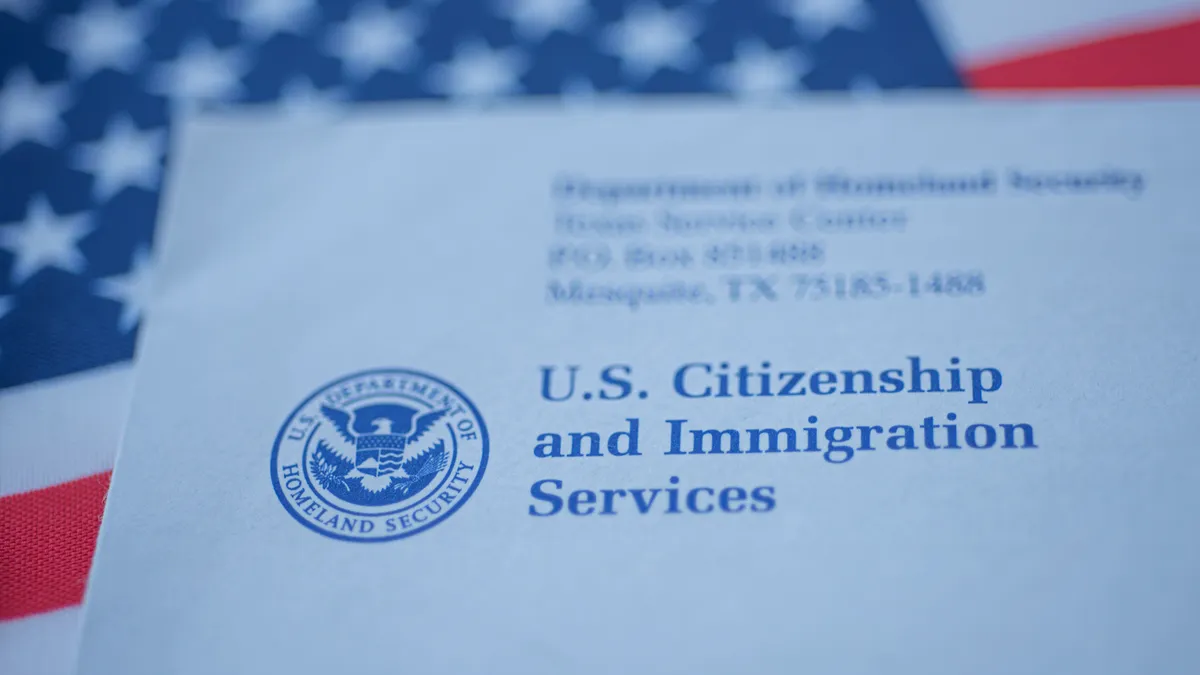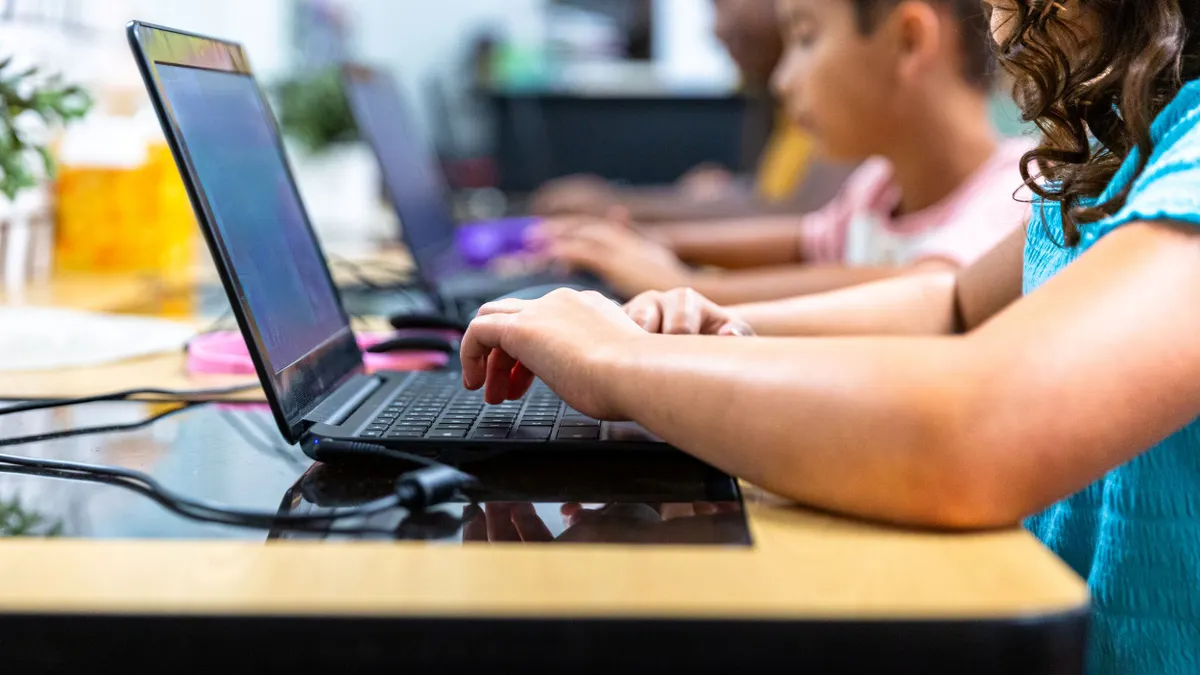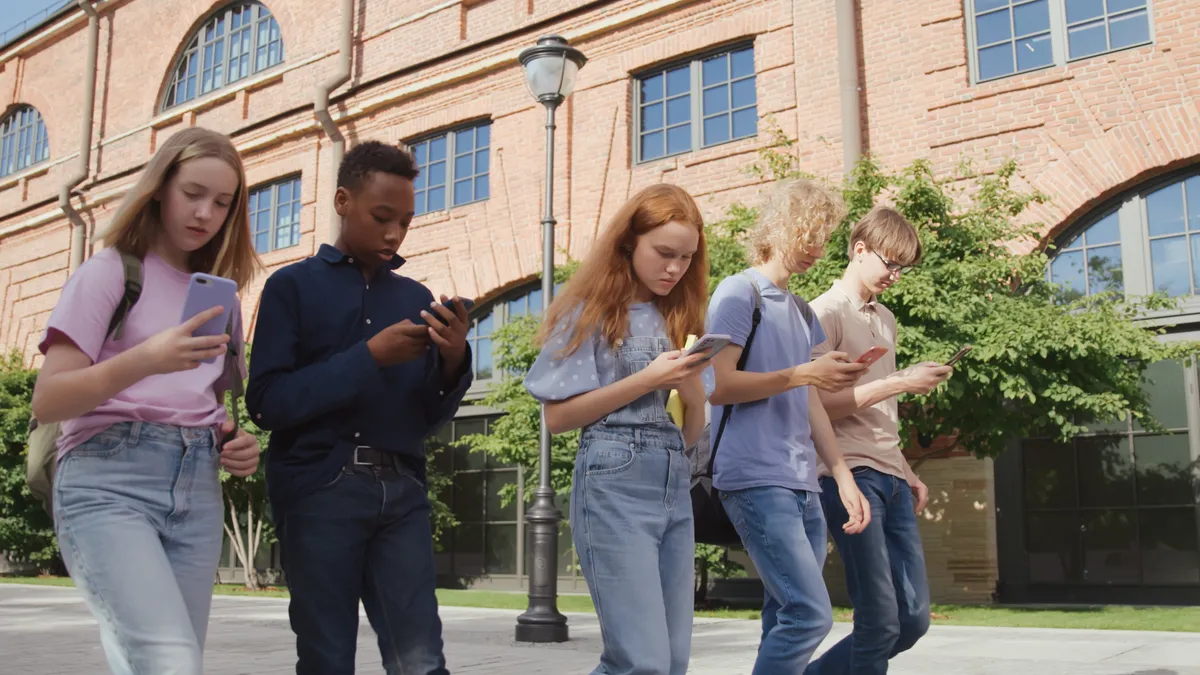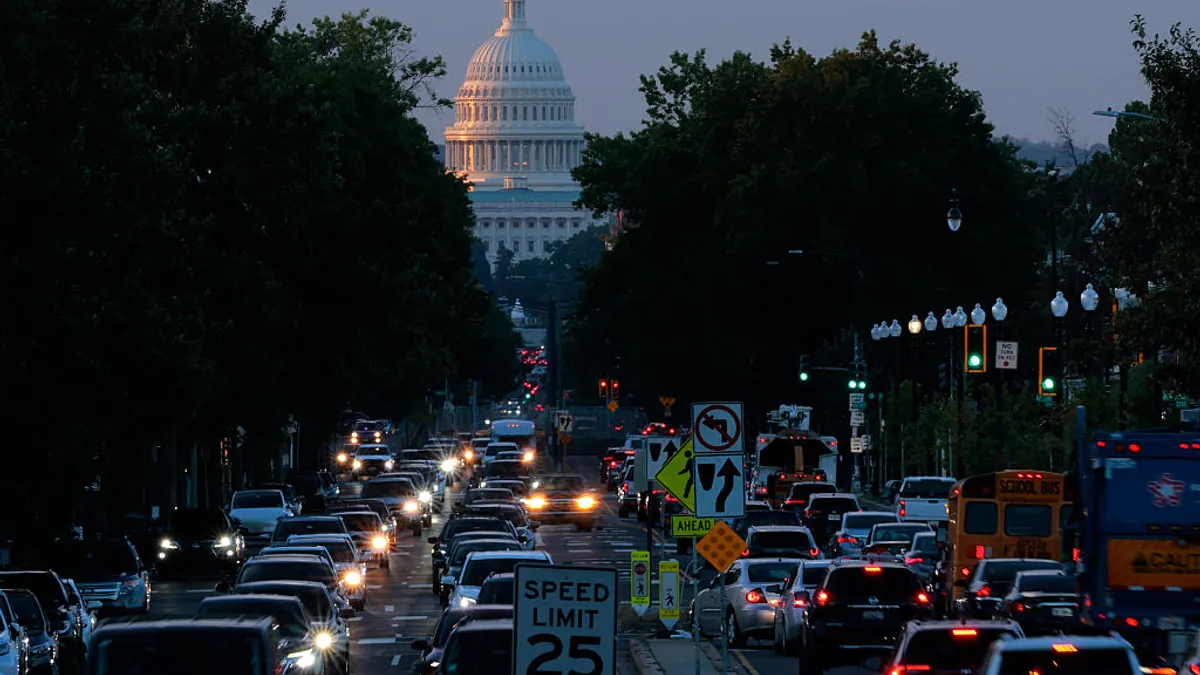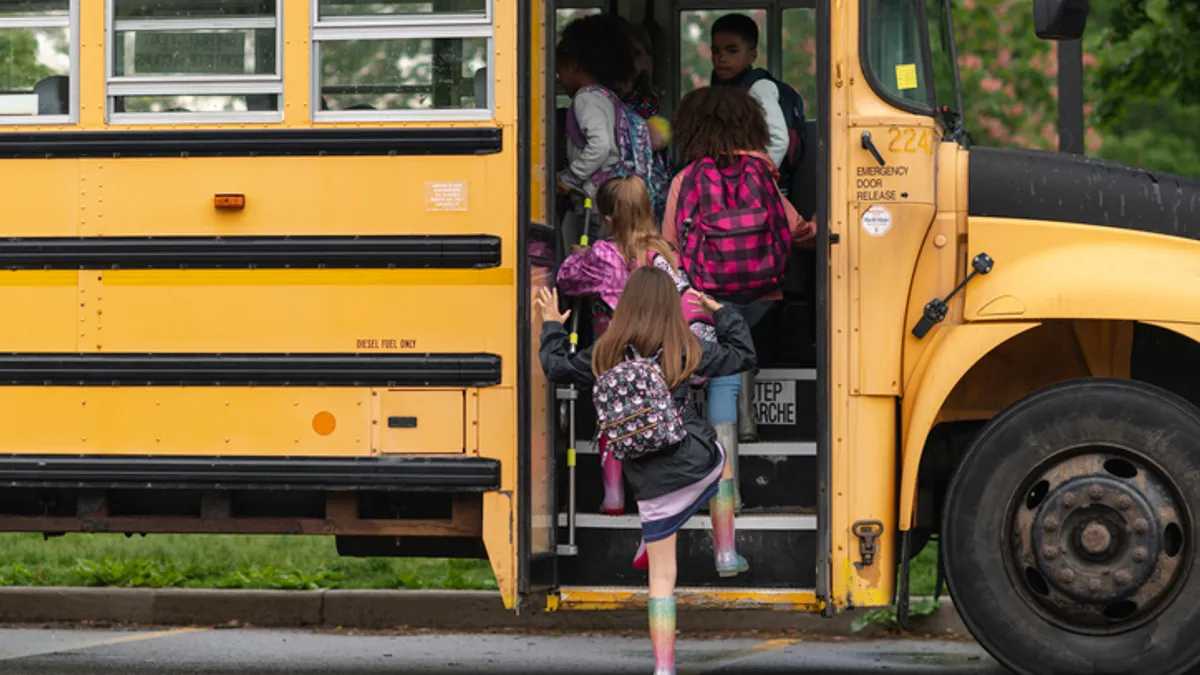This feature is part of a series focused on education technology. To view other posts in the series, check out the spotlight page.
Imagine you’re in a high school computer class. The kids next to you just heard that Ben just changed his relationship status on Facebook. But when they go to log in and see for themselves, all they get is a block screen from the web filtering provider. This is technological intervention at its best.
Or is it?
Just a moment later, those same kids pull out their smart phones, and at 4G speed they have both liked Johnny’s relationship status. One of them even made a comment.
Introducing technology into the classroom, while also limiting its ability to distract students is a dilemma faced all across the country. Administrators, with students’ best interests at heart (and a hefty obligation imposed by E-rate) aim to block access to everything on the web that’s illegal, indecent or, frankly, a waste of time.
And if you look through the reports pulled from the web filter, you would probably think it works. But today, less and less restricted material is caught by this service. Students who use school resources with built in restrictions come to expect a large measure of intervention and eventually, they stop using school resources to try to access what they’re looking for. That’s the case whether they’re getting caught up on social media or getting frustrated trying to do research for a controversial homework assignment that’s inaccessible due to draconian policy decisions.
Whatever the case, students will eventually find a way around — usually on the private networks of private devices.
Here at Hutto Independent School District, we put digital citizenship first in our approach to educational technology. We do this by focus on educating students, not limiting access. Our policy with technology is to keep everything as open as reasonable, because we don’t believe the technology department is the moral compass of the district.
It is in this spirit that I want to share the best practices we use for keeping students safe online, particularly if you still want to give them the freedom to explore the web.
Leave resources open: Focus on digital citizenship
Ironically enough, they best way to keep students safe online is by not treating them like children. Overprotection is detrimental to students. The world they live in is so digitally-centered that having the skills to be able to stay on task and stay safe online is a lifelong matter of ongoing education.
This is why we put the focus on educating students about staying safe online, rather than on providing a sanitary online environment. Focus, attention and prioritization are skills students build, and our goal is to provide them the environment to cultivate them. That means giving them freedom to make mistakes, but also setting the right expectations so that students understand what good internet behavior looks like.
Continue to block the big, bad and ugly
Of course, giving students freedom with their technology doesn't mean that anything goes. We still block the big, bad guys--mostly pornography and issues related to malware and network security. We’re empowered to do this by having robust, content-aware filtering using Smoothwall. Having the confidence that unsafe or obscene material will be blocked lets our district keep broader swaths of the internet open for students and lets the staff not worry that their students will stumble into something illicit accidentally.
But beyond those core issues of student and network safety, we don’t focus on providing a web that’s G-rated to students. That sort of overprotection is like fighting a losing battle.
Use tools that are good at monitoring and reporting
Even with more of the web accessible, we discourage a “free for all” — by shifting the focus from blocking to monitoring, it becomes necessary to have solutions in place that excel at providing alerts when students are in trouble. Our web filter delivers alerts for risky search behavior, and we have human monitored email filtering provided by Gaggle, which provides immediate notification if a student is being bullied or at risk for self-harm.
Having a good monitoring and reporting system in place is critical for safety’s sake and for providing feedback to students and staff about behavior problems or other issues that need to be addressed.
Get the entire district body involved in the education process
Operating at this level of transparency requires district-wide buy-in. It is critically important for educators and administrators to have a solid understanding of how students spend their time online, and what’s out there to be found.
To get everyone involved, every year we have an online safety awareness week. Each day, we introduce a topic of online safety, where the whole district participates, and each day is dedicated to a different aspect of online safety. For example, one day we will have twin day, to recognize the need to respect copyrights, and another day we’ll have temporary tattoos, to remind students that what you put out there is out there forever. I mean, whoever said that online safety had to be dull.






 Dive Awards
Dive Awards
